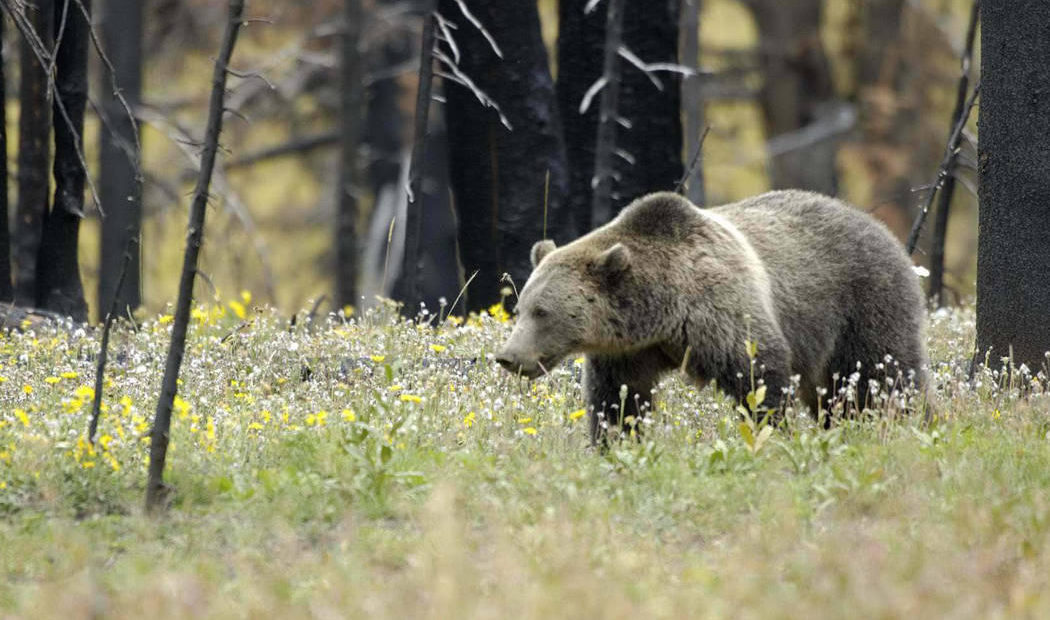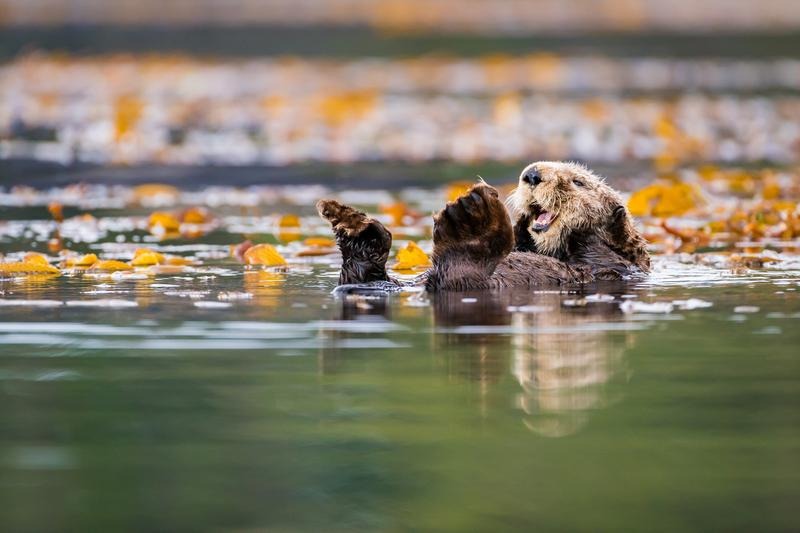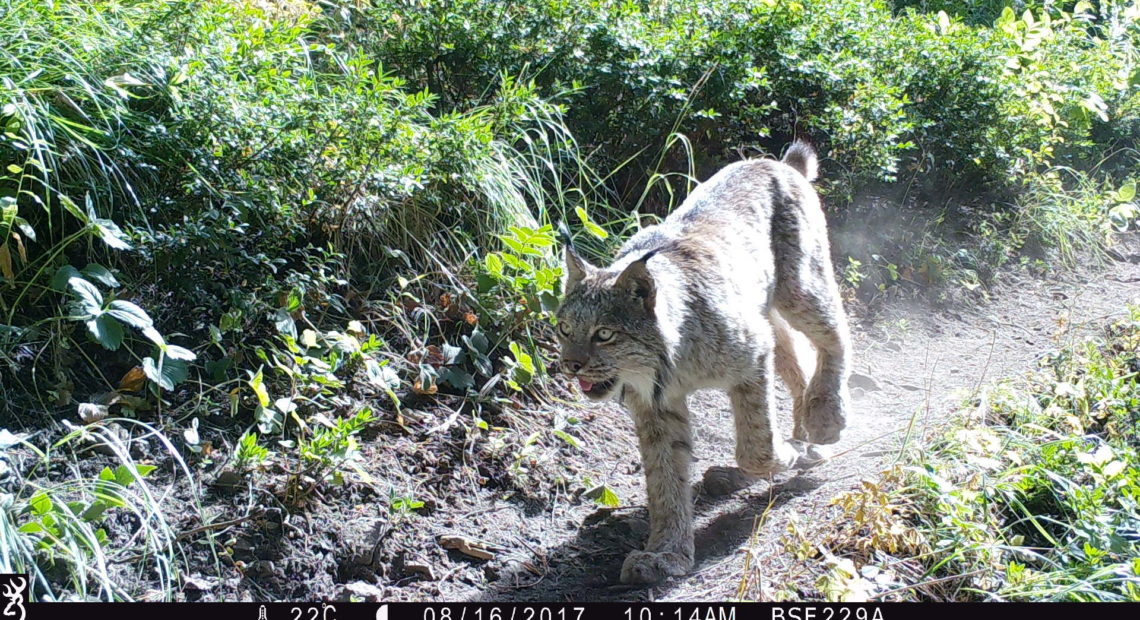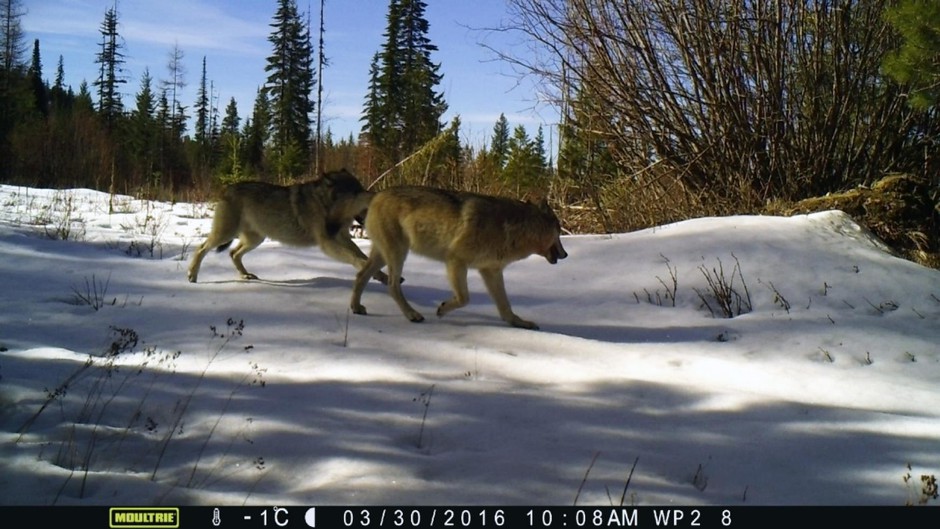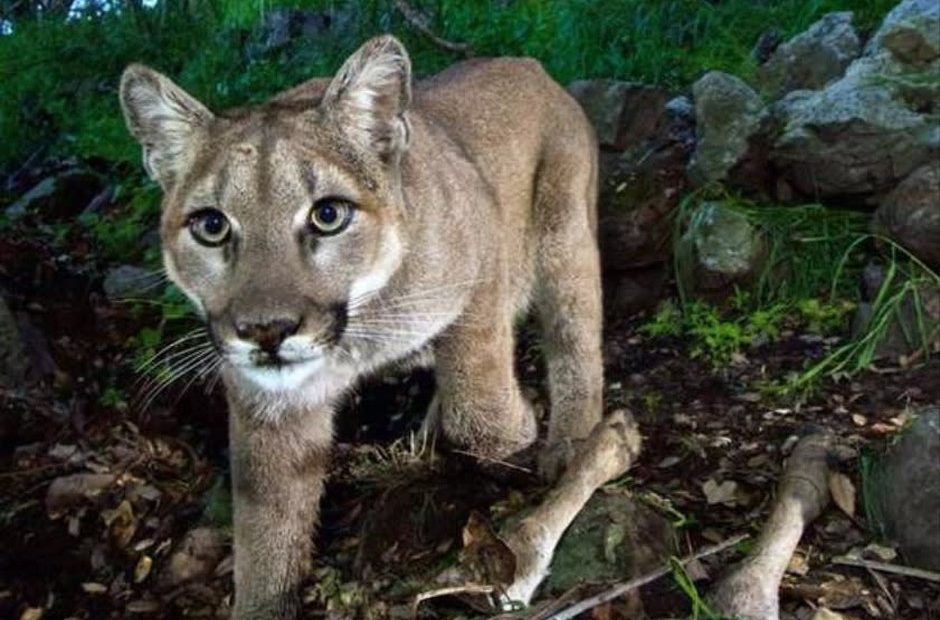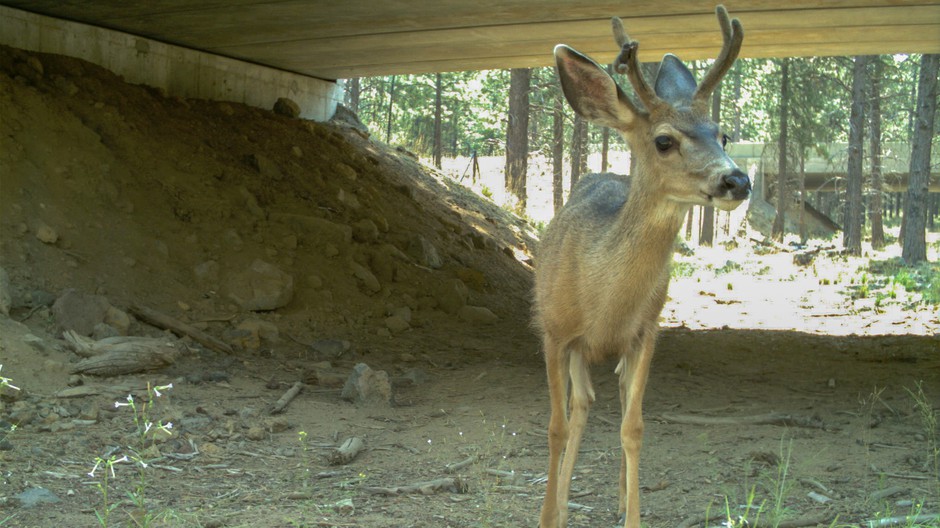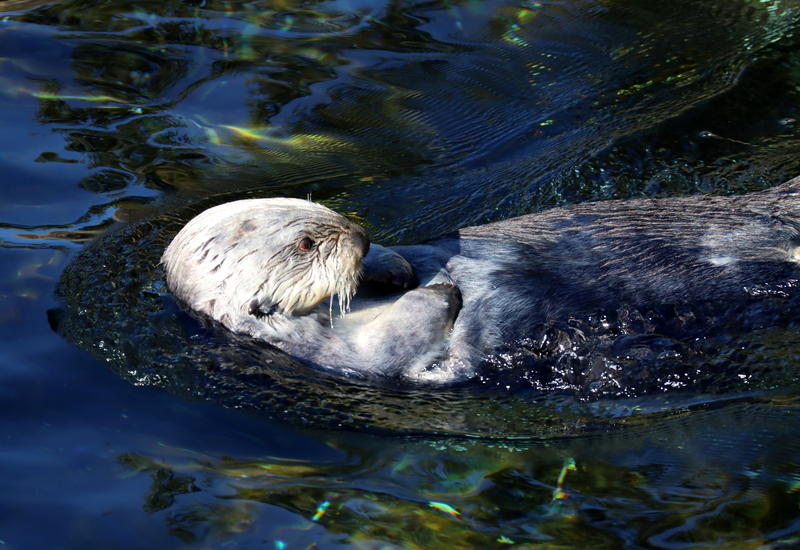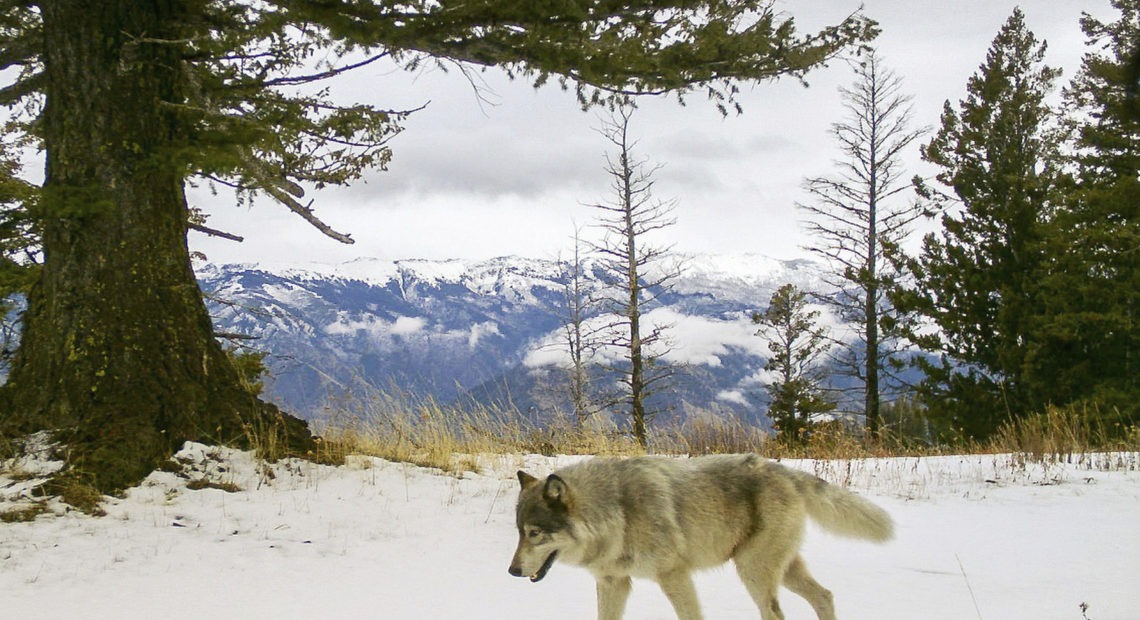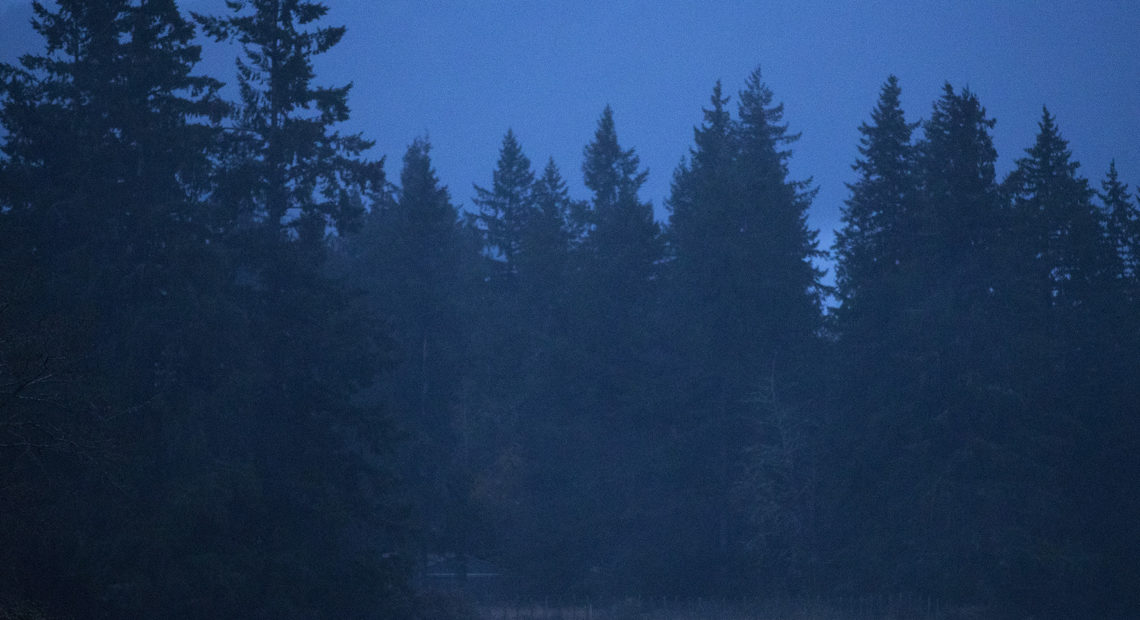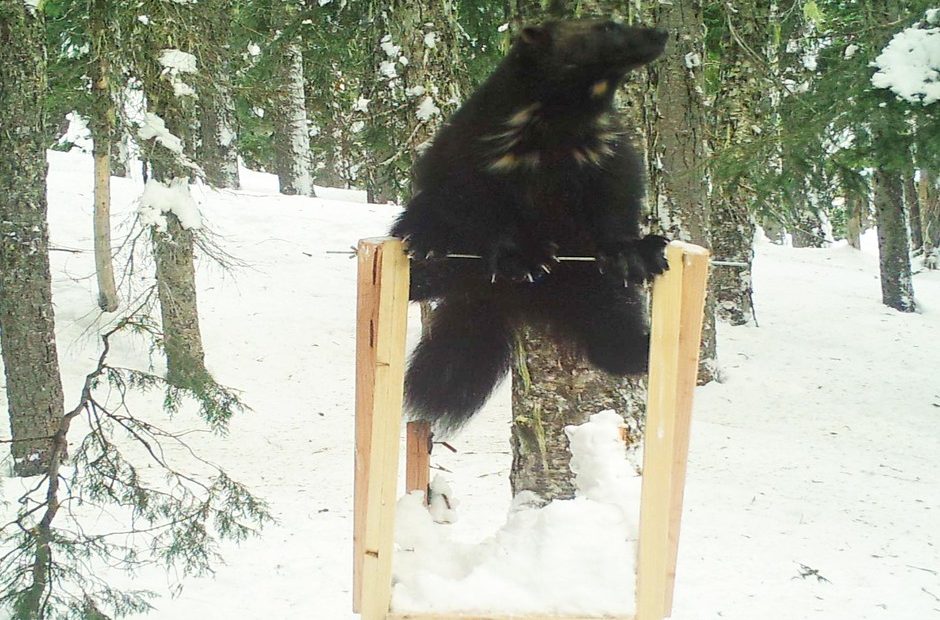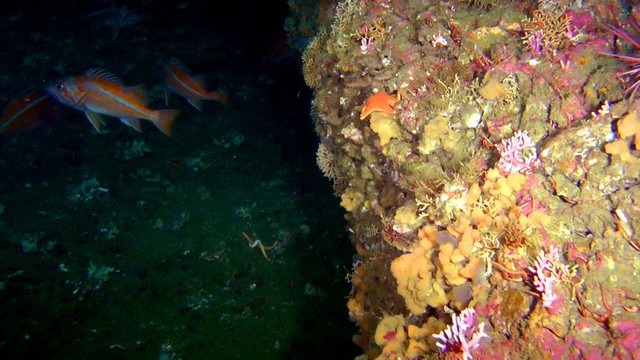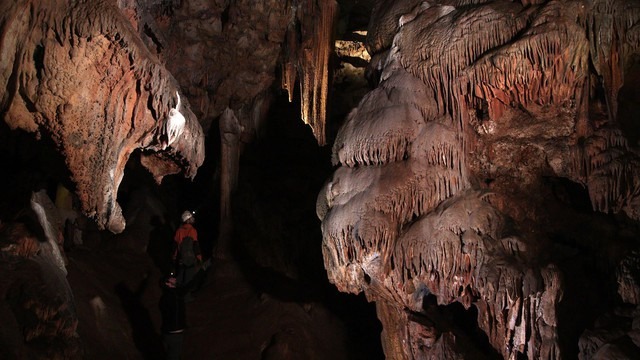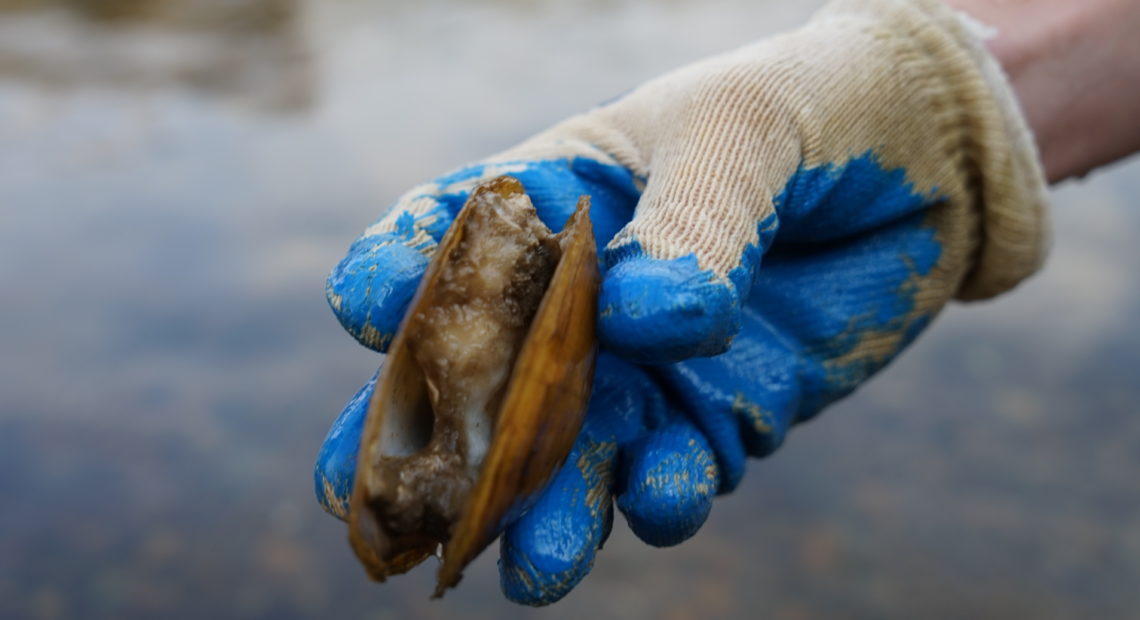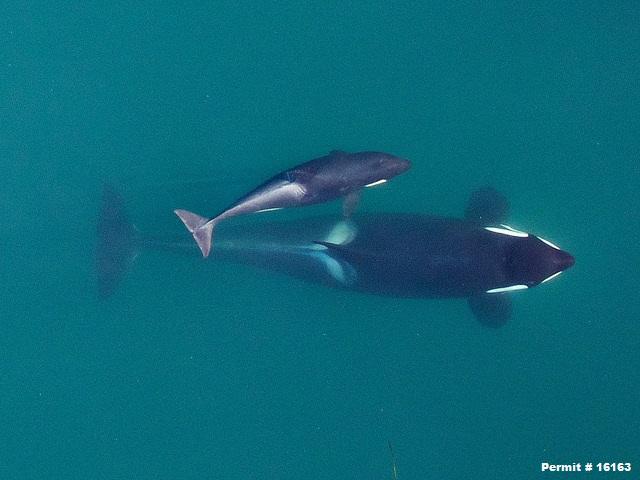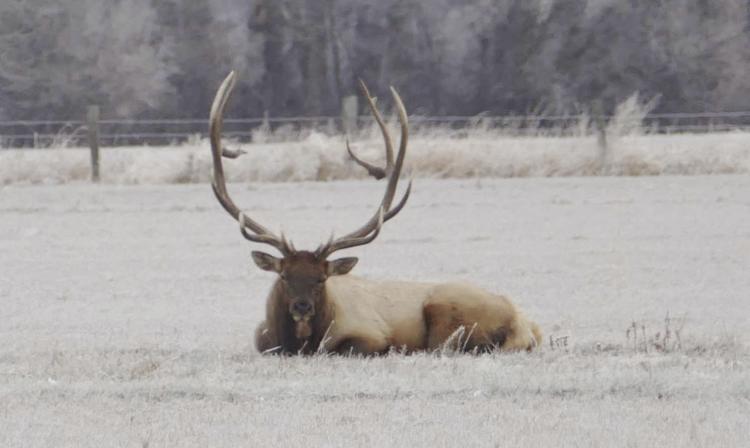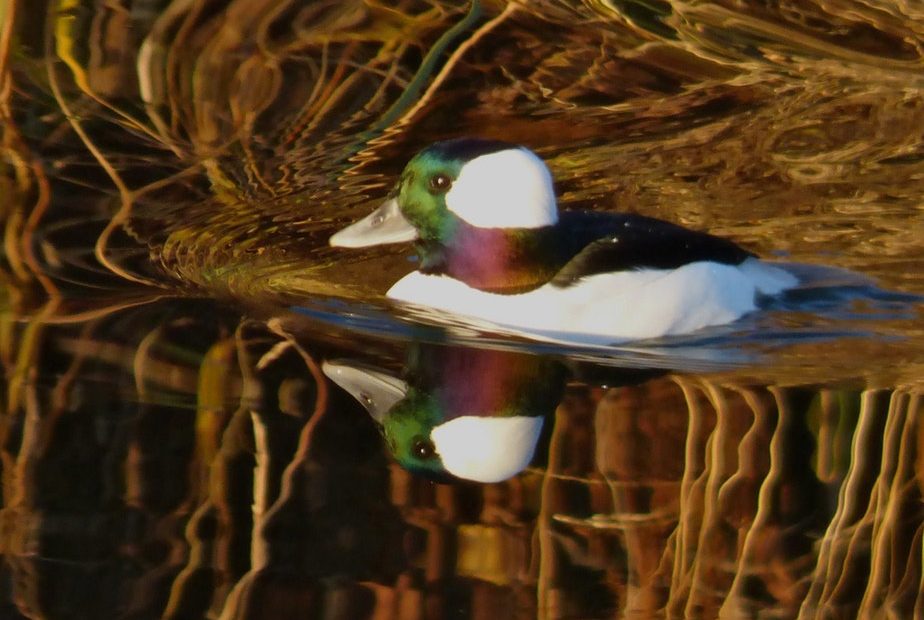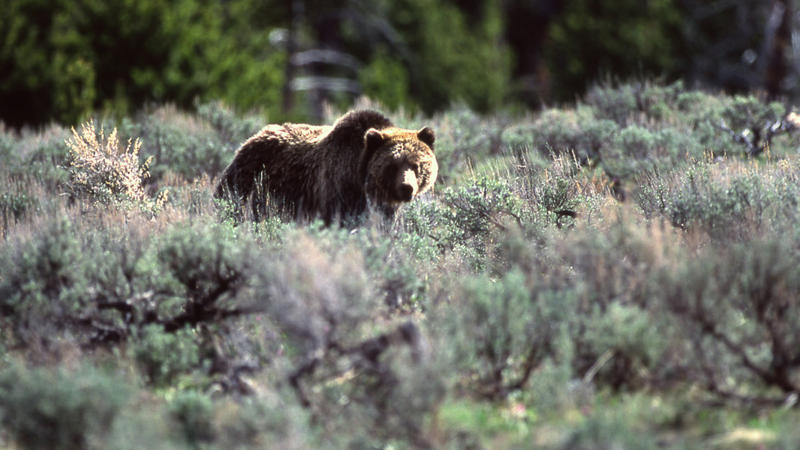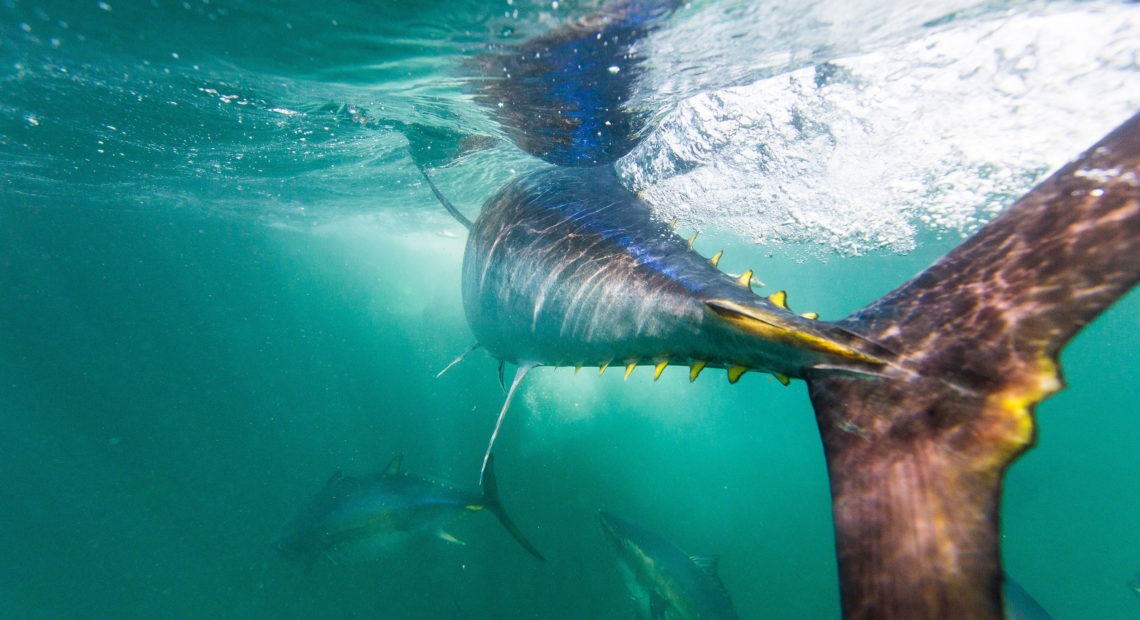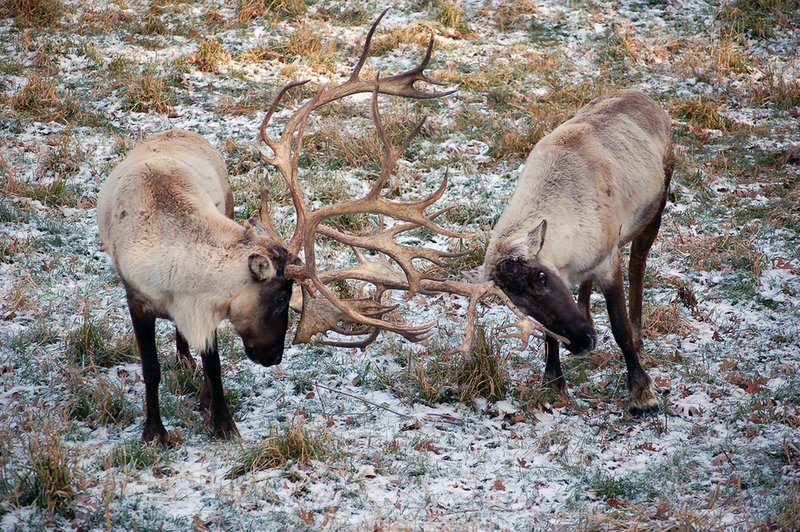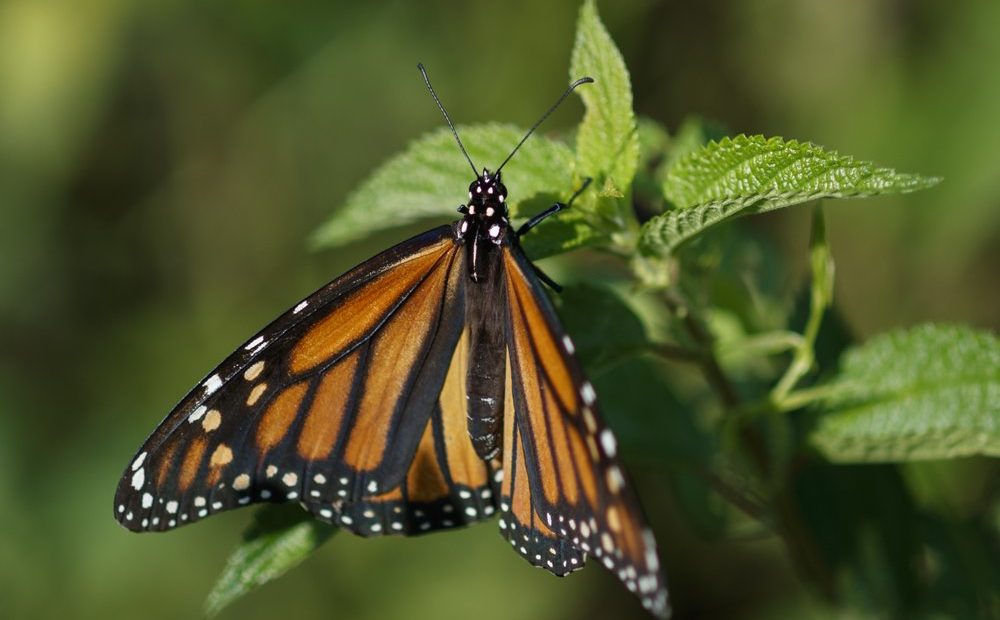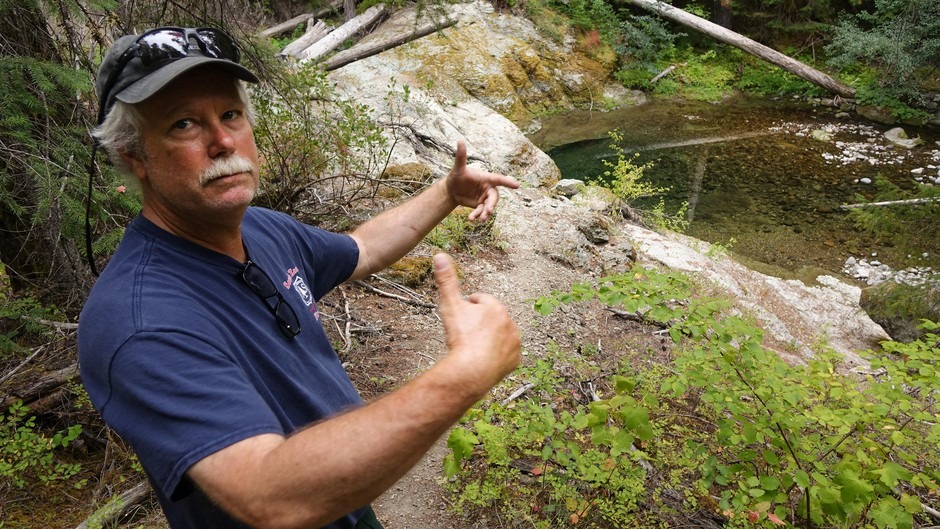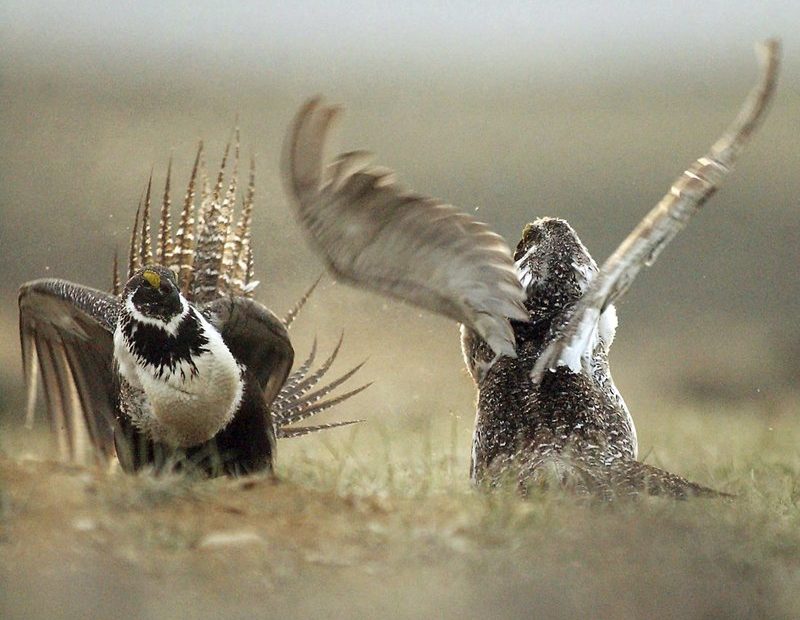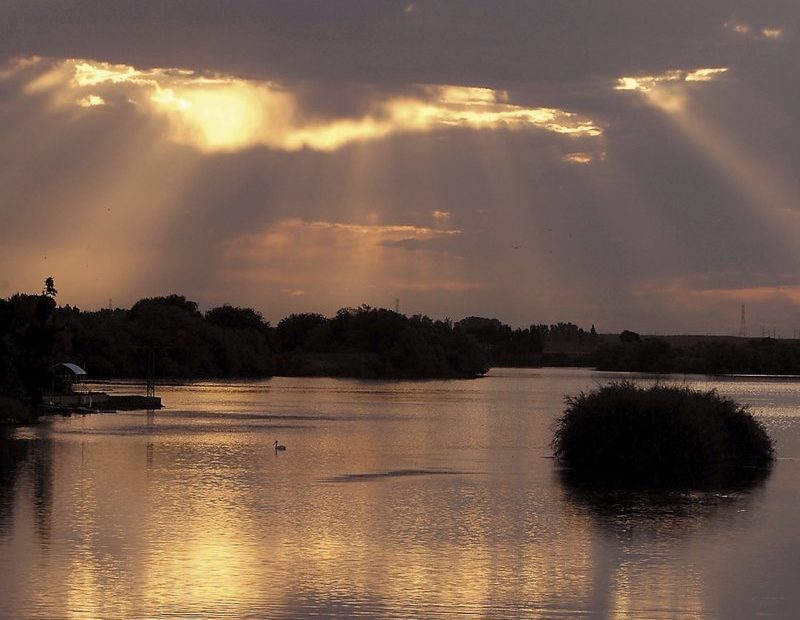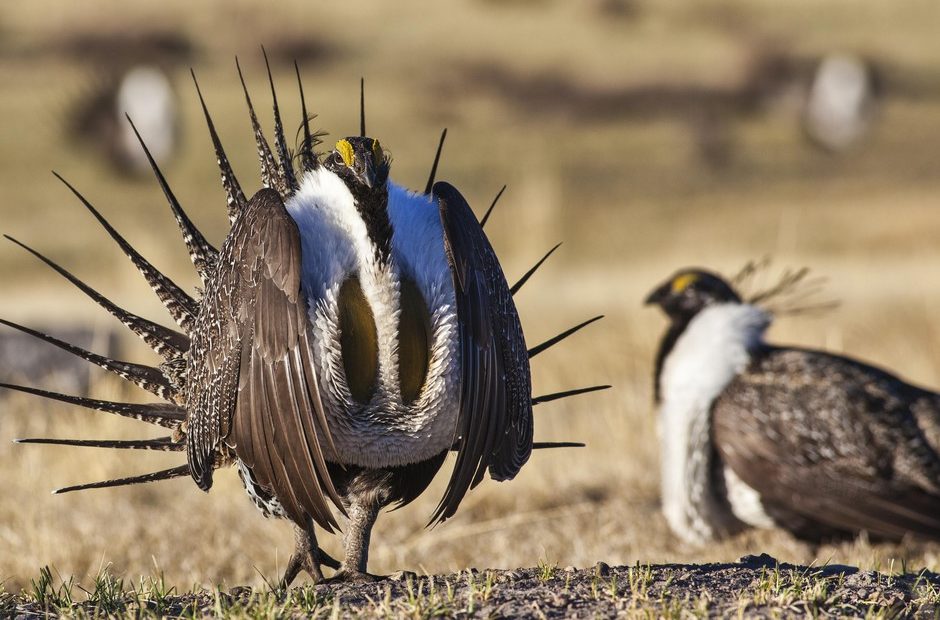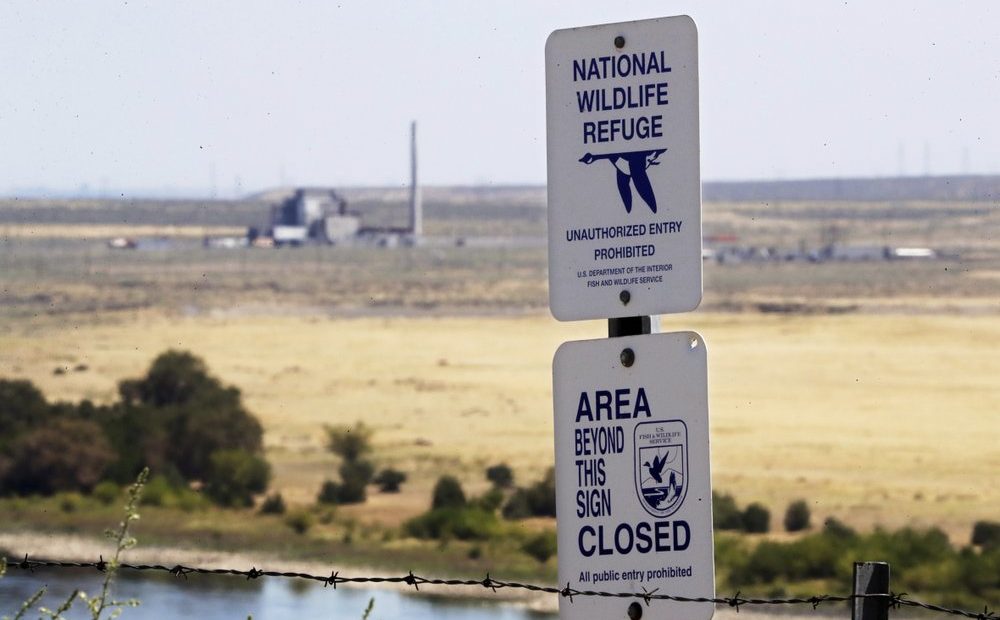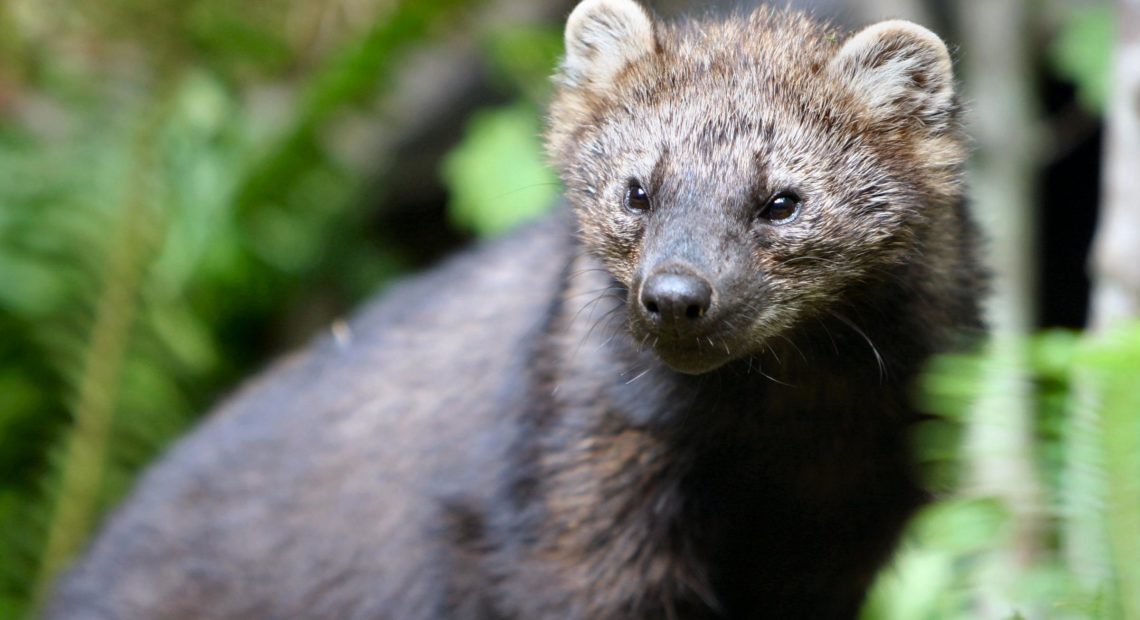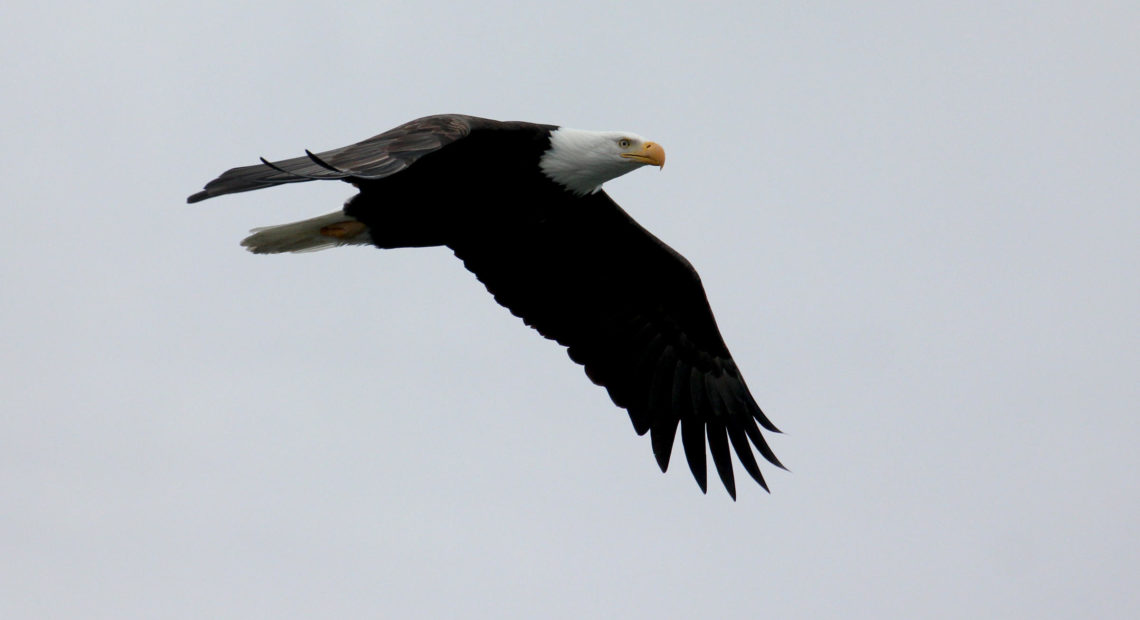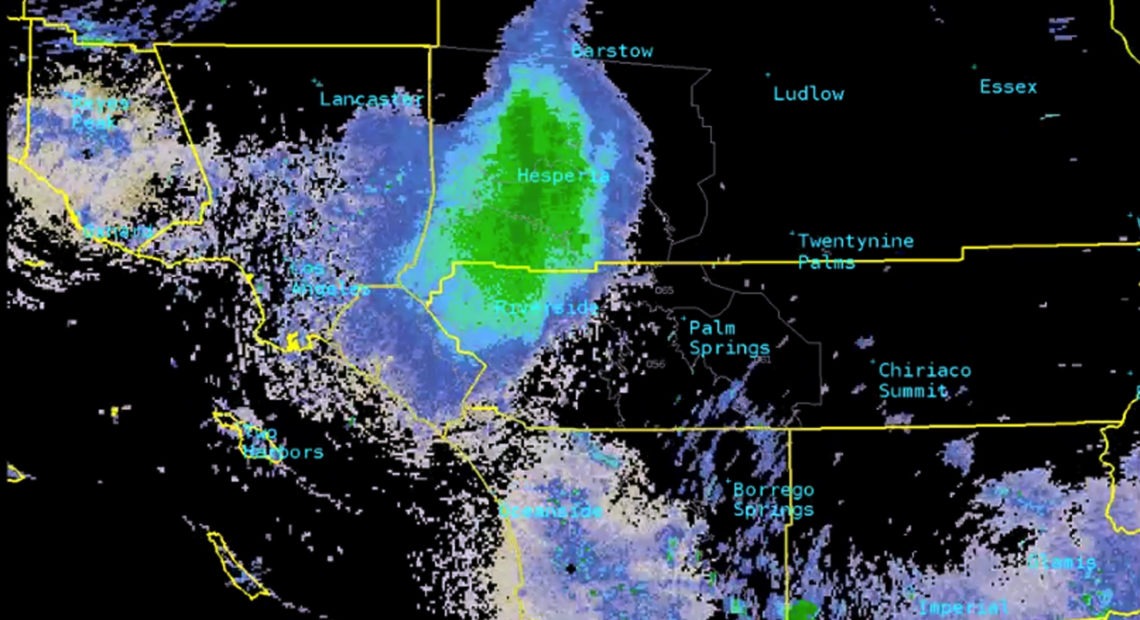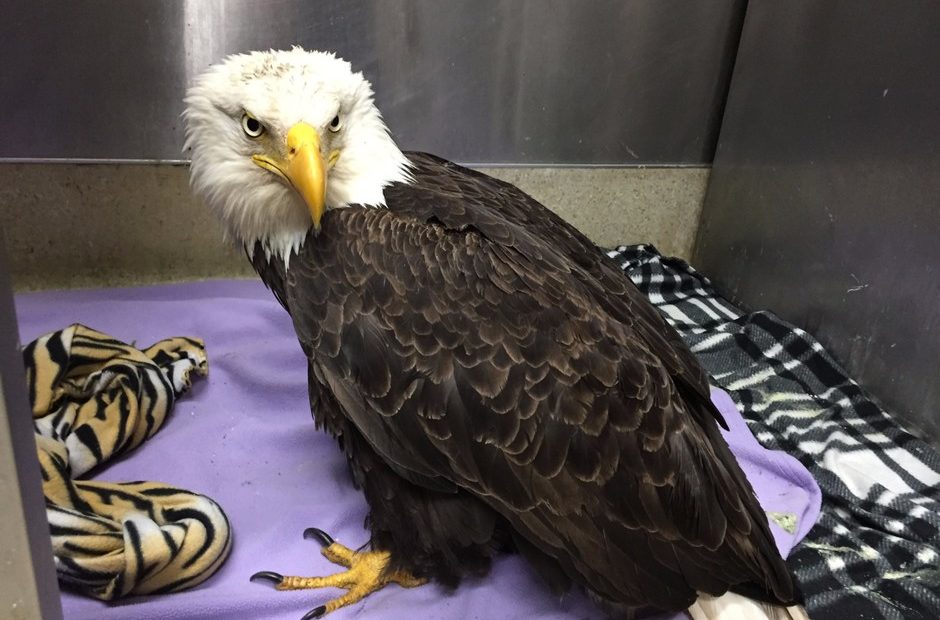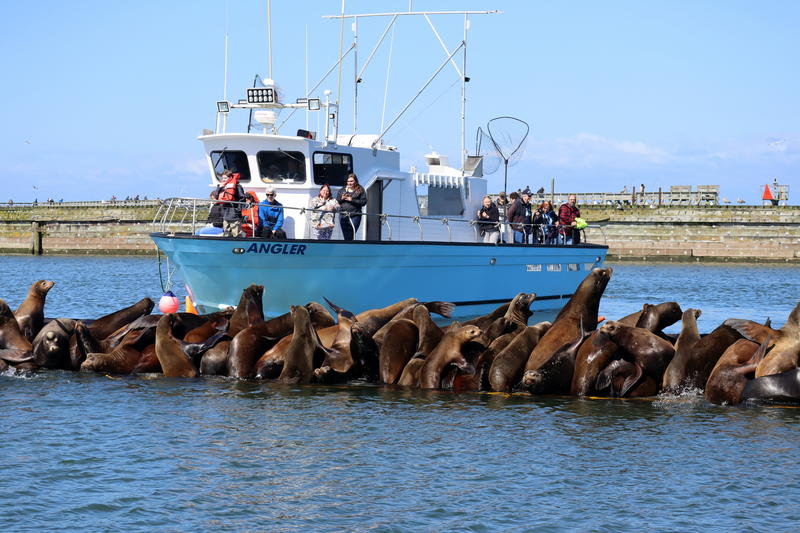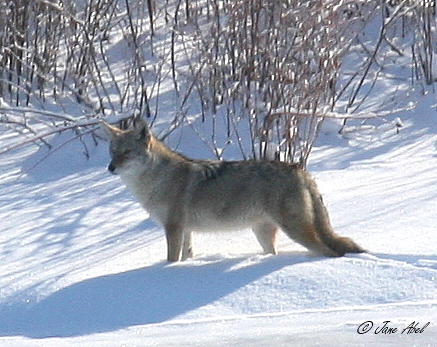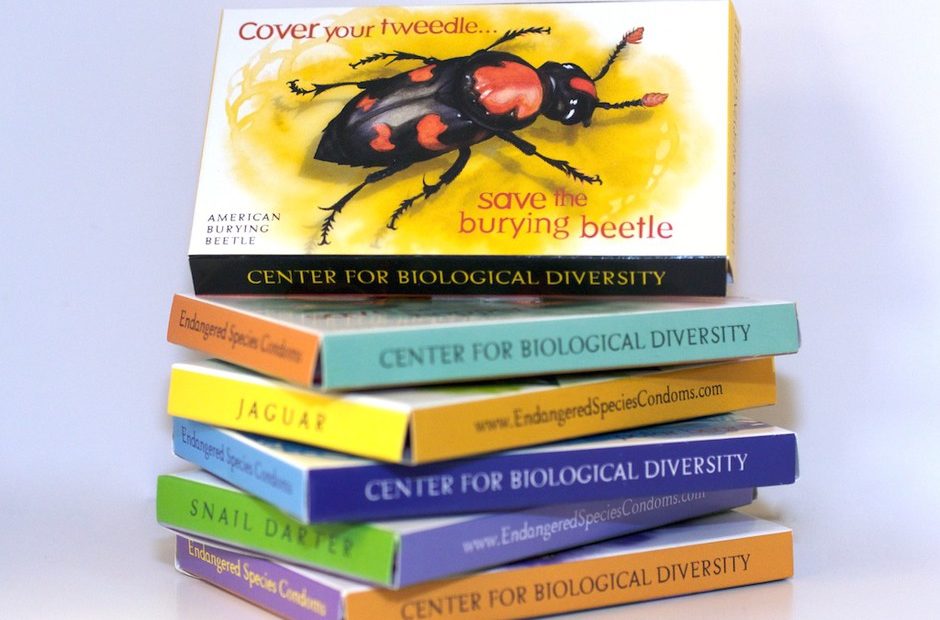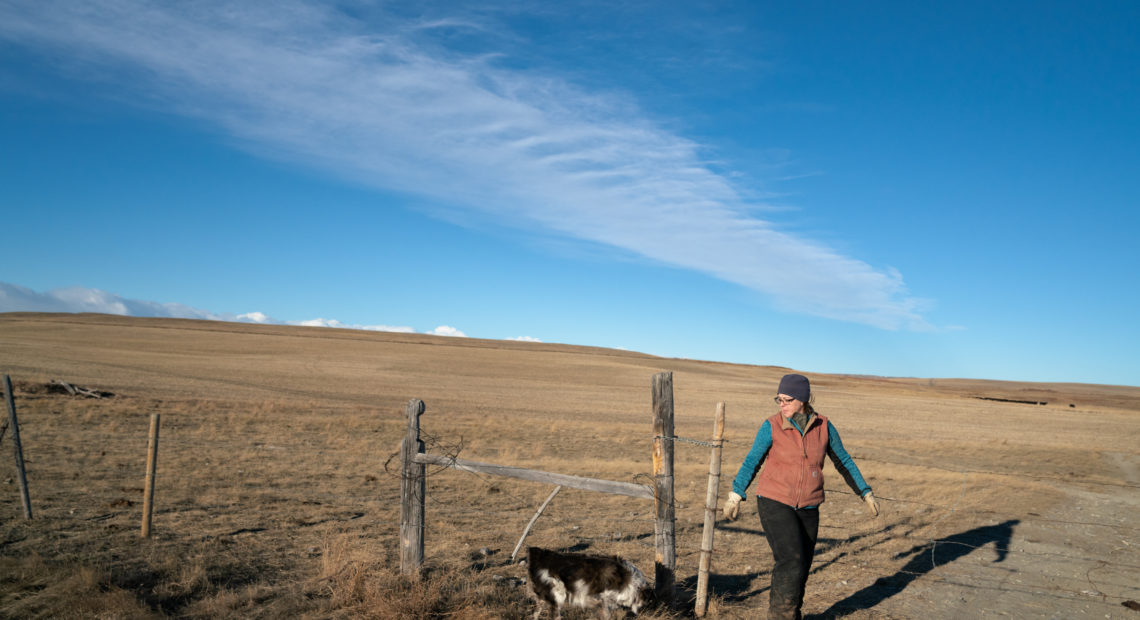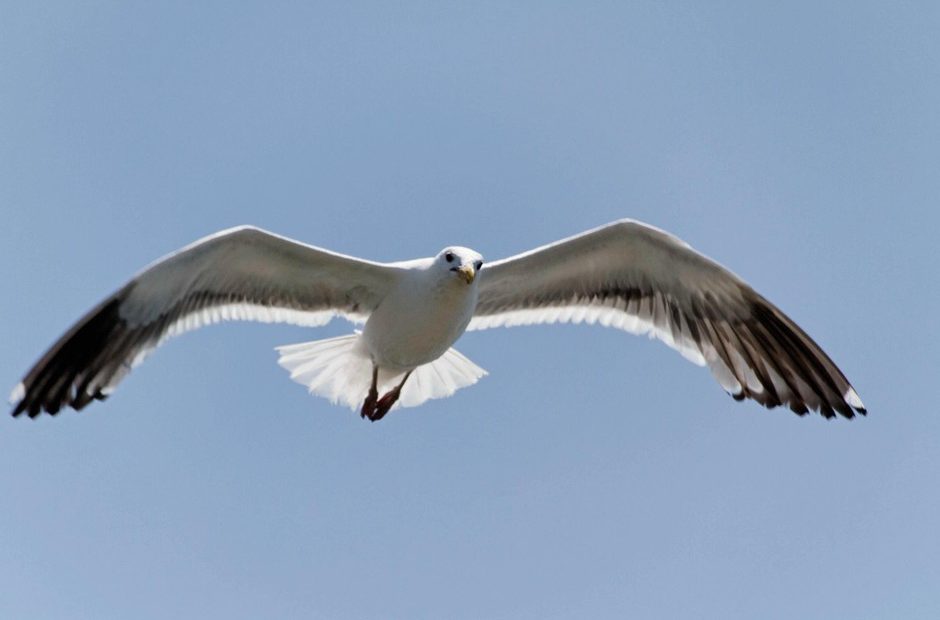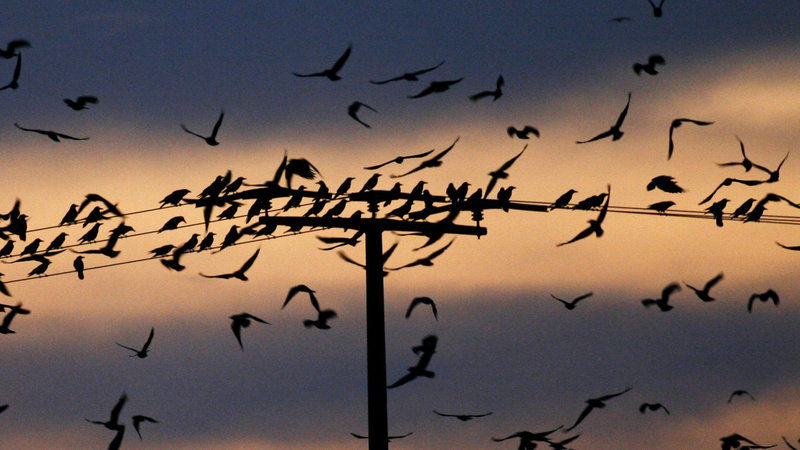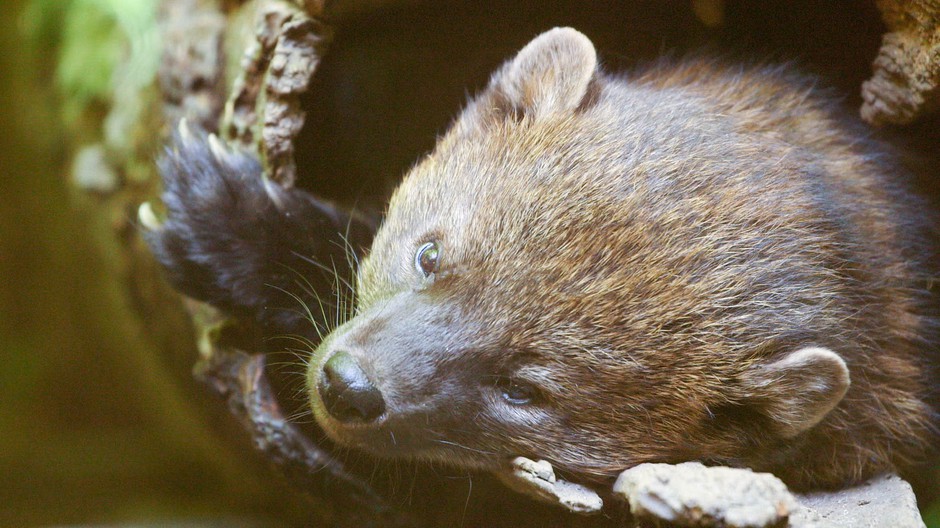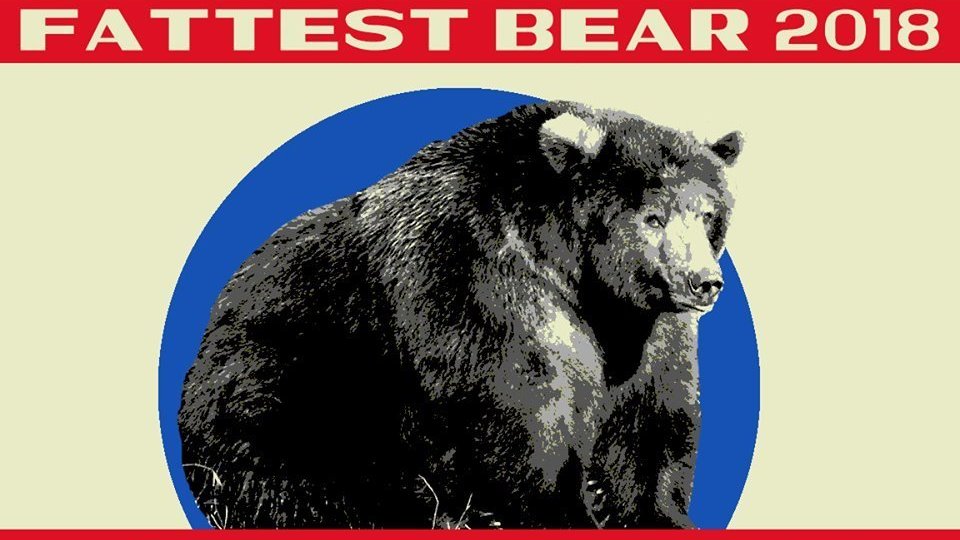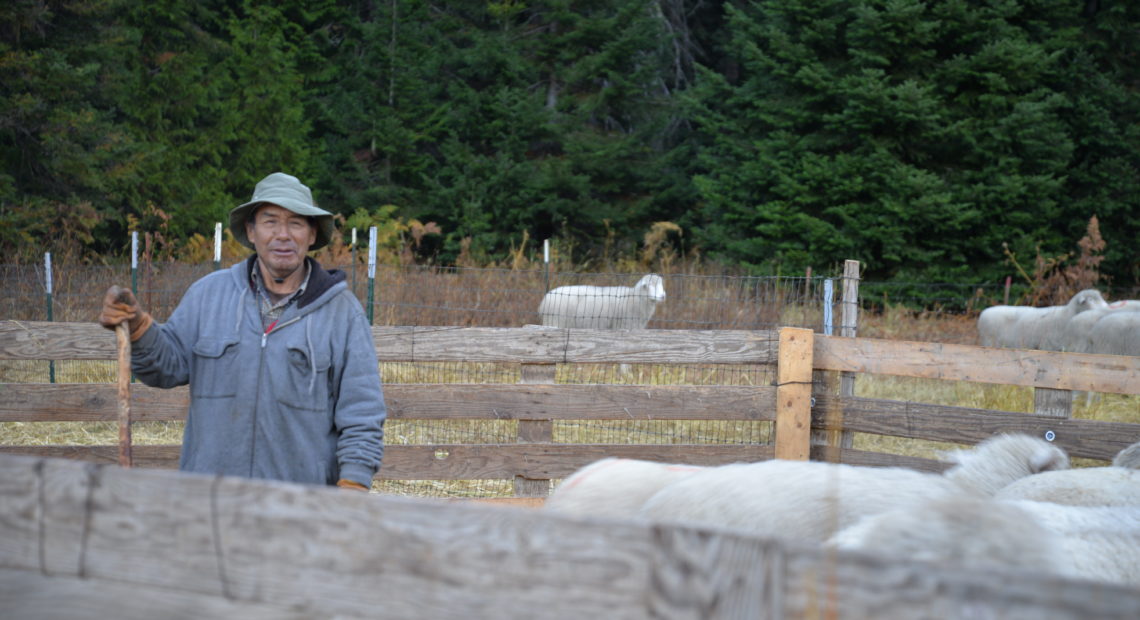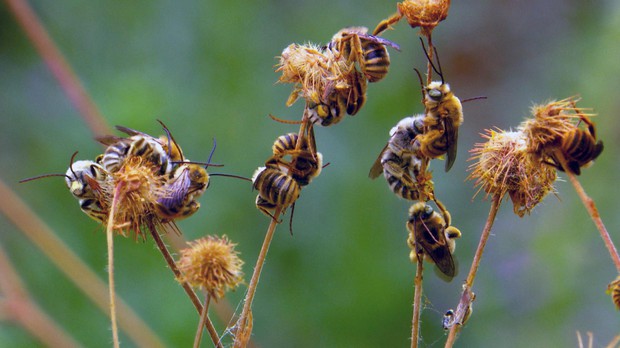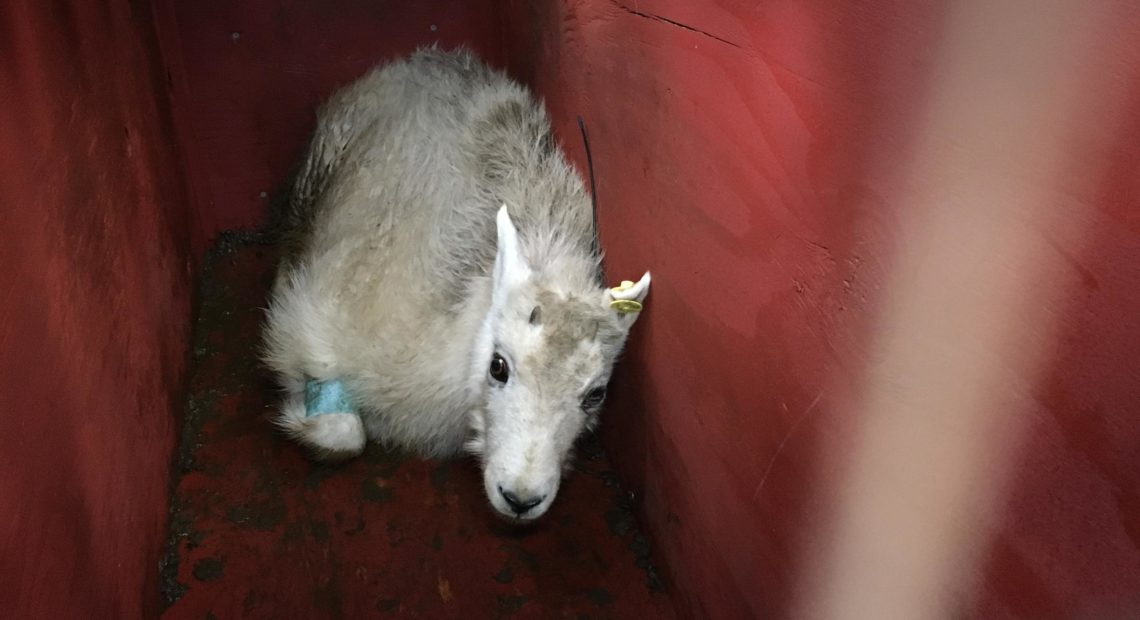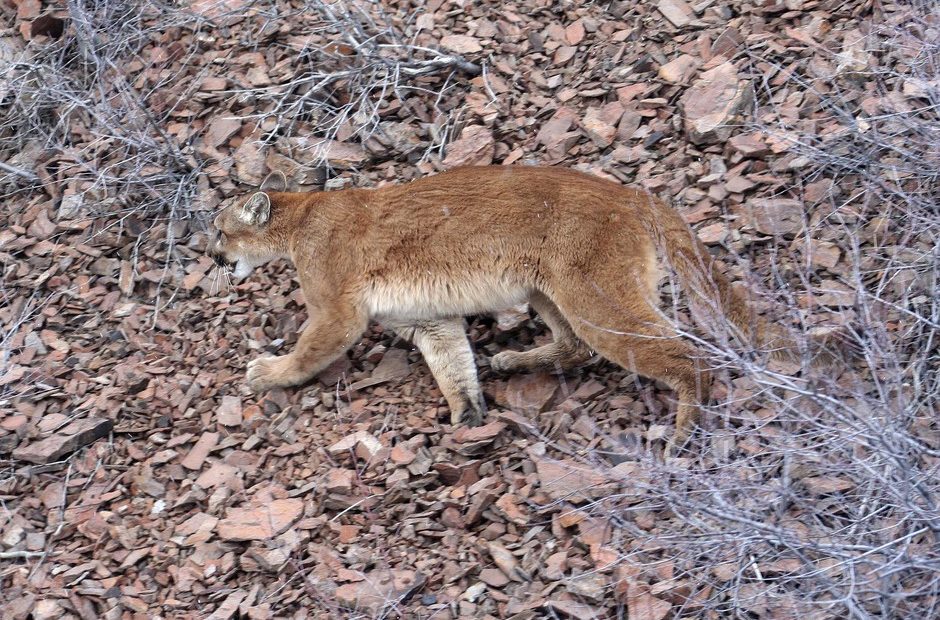Conservation groups have said they are “weighing options” about what to do next. Ranching and cattle groups applauded the decision, saying more predators present challenges for their members.Read More
A study of sea otter restoration in British Columbia is giving encouragement to a group that wants to bring sea otters back to the Oregon Coast. The research team led by the University of British Columbia analyzed the rebound in sea otters off the coast of Vancouver Island. Read More
In a study recently published in the Journal of Wildlife Management, WSU scientists found that lynx only occupy about 20% of potential habitat in Washington.Read More
Even though large predators sometimes leave food that smaller predators scavenge, turns out, it’s actually dangerous for smaller animals to eat the leftovers. Read More
Most Western states rely on hunters to keep cougar numbers in check. It makes a sort of logical sense: if cougar populations are high, attacks on elk, bighorn sheep and deer should be high. So should attacks on livestock and humans. But a new study casts doubt on the effectiveness of sport hunting as a means of predator control.Read More
Interior Dept. Grant To Help States With Wildlife Migration. One Area In North Idaho Is A Chokepoint
A new federal grant aims to improve wildlife habitat and migration corridors in the Northwest. About $100,000 is going to a project related to a wildlife underpass that will be built under U.S. Highway 95 in North Idaho.Read More
A group that wants to bring back wild sea otters to the Oregon Coast is taking a big step forward. The federal government has awarded them a grant to launch a feasibility study for a possible reintroduction effort.Read More
In November, Coloradans are set to vote on whether to return wolves to the state. The ballot initiative may be the first time voters in any state could force reintroduction of an endangered species.Read More
In Washington Skagit Valley, a conflict is unfolding between the Upper Skagit Tribe and farmers as elk are making a comeback there. Read More
Conservation groups say the animals need to be listed as threatened under the Endangered Species Act. Ten groups want to force the federal government to protect the elusive wolverines. The groups estimate there are around 300 wolverines left, sparsely scattered across the Mountain West, including Idaho, Washington and Oregon. Read More
Regulations that began Jan. 1 restrict bottom trawl fishing on about 90% of the seafloor off Washington, Oregon and California.Read More
An Oregon conservation group is exploring a cave to discover new spider species.Read More
A mysterious die-off of freshwater mussels has scientists scrambling to find a cause. Freshwater mussels clean water and provide habitat to countless other species.Read More
One of the habitat designations is specifically for Southern Resident Killer Whales, which spend about half the year in the Salish Sea north of Seattle. They feed on salmon. There are fewer than 80 of these orcas remaining. Read More
Washington state wildlife officials are asking that you slow down, don’t drive distracted, use your high beams when you can, and brake a little longer if you see just one deer, since often more deer will follow.Read More
Over at least two decades, Washington business owner Tod Reichert spent hundreds of thousands of dollars buying exclusive hunting licenses he used to kill more than 100 elk. His license for the Ellensburg hunt, a “governor’s tag” auctioned to fund elk-related conservation efforts by state wildlife managers, cost him $50,000.Read More
At the end of the Obama administration, the U.S. Fish and Wildlife Service came up with a plan that was supposed to shorten a backlog of species that might need a place on the endangered species list or need more critical habitat protected. But the Center for Biological Diversity says that plan has gone by the wayside under the Trump administration. Read More
The study found that across North America, 389 species, or nearly two-thirds of the continent’s birds, are vulnerable to the heat waves, rising seas, increased fires and storms and other disruptions that 3 °C of climate change could bring.Read More
Around 450 people filed into the AgriComplex building at the Okanogan County Fairgrounds Monday night. They wanted to voice their opinions on a draft plan to relocate grizzlies to the North Cascades.Read More
A new study finds that tuna harvests, including of some species considered "vulnerable," have increased by an astonishing 1,000% in the last 60 years — a rate some scientists warn is unsustainable.Read More
The U.S. Fish and Wildlife Service designated the southern mountain population of woodland caribou as endangered and confirmed 47 square miles in Idaho and Washington as critical habitat requiring special protection.Read More
Seventeen states sued the Trump administration Wednesday to block rules weakening the Endangered Species Act, saying the changes would make it tougher to protect wildlife even in the midst of a global extinction crisis.Read More
Recently, there’s been a significant shift in our understanding of salmon genetics. Researchers have found a distinct area in salmon DNA where the spring and fall chinook differ.Read More
Grouse numbers also continued to drop in 2019 in Oregon, Idaho and Wyoming. Weather can affect populations from year to year, and wildlife officials say those short-term cycles are most directly responsible for the recent declines.Read More
The Trump administration says it is expanding hunting and fishing in 77 national wildlife refuges, including those in Washington, Idaho and Oregon, in a move that critics contend is deferring management to states and could harm wildlife.Read More
Moving imperiled sage grouse from one spot to another can be hard on the birds. But research from Washington State University suggests that after a restless adjustment period, the birds eventually get used to their new homes.Read More
An astonishing array of animals and habitats flourished on six obsolete weapons complexes — mostly for nuclear or chemical arms — because the sites banned the public and other intrusions for decades.Read More
The Trump administration’s announced changes Monday to how the Endangered Species Act will be enforced by federal agencies set off waves of criticism, including vows by several states to challenge the move. Environmental groups also say they may sue to stop the new rules.Read More
In a move that critics say will hurt plants, animals and other species as they face mounting threats, the Trump administration is making major changes to how the Endangered Species Act is implemented. Read More
It’s hard not to notice that cougars are making it into the news these days. It’s also hard to miss how they’re getting there: by entering neighborhoods and putting residents on edge.Read More
Meteorologists in Southern California were puzzled by the big green blob on their radar — it looked like a rainstorm on what was a clear day. Then they discovered it was beetles. Read More
When a wind turbine blade strikes a bird, the bird usually doesn’t survive. Now, researchers are working on new ways to keep birds — particularly eagles – away from wind farms using audio and visual signals.Read More
A big rebound in the sea lion population along the West Coast in recent years has created a constant battle to wrangle the protected animals. They're smart and fun to watch from a safe distance, but also noisy, smelly and proving to be a headache for some coastal marinas.Read More
Deep in Oregon’s sagebrush country, there’s one county with an abundance of ravens. Biologists say those ravens like to eat sage grouse eggs, and they’ve come up with plans to take care of the raven problem. That’s got bird advocates questioning whether killing one bird for the sake of another is the right move.Read More
All this snow so late in the season prompts the much-asked question: Is this climate change? Kathie Dello, a climatologist with Oregon State University in Corvallis, says this late-winter snow is perfectly normal. But, it doesn’t mean the larger picture is all fine. Read More
Before you wrap up that date with your special someone, there’s something else conservationists hope you wrap up as well … for the love of wildlife. They say preventing unplanned pregnancies could actually help save endangered species.Read More
Since being listed as threatened under the Endangered Species Act, grizzly bear populations in northwest Montana and the Greater Yellowstone Area have more than tripled in size. That tolerance, scientists and wildlife officials say, is key to the grizzly bears' future as the effects of climate change harden, the West gets more crowded, and bears spreads into areas they Read More
There are a lot of predators known to eat imperiled salmon, from sea lions to double-crested cormorants. For a long time, biologists thought gulls weren’t a big part of the problem. Now, they say that was a miscalculation.Read More
Every winter for the past three years, almost 10,000 migratory crows have descended upon Nampa, Idaho, dotting the skyline in black and squawking away. By day the birds scavenge for food in farmland that surrounds the city. By night they flock to town to roost.Read More
The Trump administration wants to reduce restrictions for greater sage grouse across seven states. For the imperiled birds in Oregon, that means fewer grazing restrictions in some specific habitat. The decision has rankled conservation and hunting groups and been supported by ranchers.Read More
An elusive carnivore in the weasel family is roaming free in Washington’s North Cascades for the first time in at least 70 years.Read More
Washington’s North Cascades will soon see the return of a small, weasel-like predator called the fisher. The carnivores have been missing from the area since the 1930s. Biologists hope the reintroduction next week will follow in the footsteps of other successful efforts in Washington.Read More
A 12-mile stretch of Highway 97 in north-central Washington outside Omak is one of the state’s most dangerous corridors for wildlife collisions. More than 350 deer are hit each year. New wildlife crossings like those seen over Interstate 90 and Snoqualmie Pass may help.Read More
Groups of Oregonians, particularly hound hunters, say that Oregon’s cougar population is growing out of control. Cougar advocates, on the other hand, say that Oregon is over-hunting cougars, which research suggests can lead to an increase in problem encounters.Read More
It's the bear body-positive competition you didn't know you needed. The results are in. And this year's winner in Katmai National Park and Reserve's annual "fattest bear" contest is 409 Beadnose.Read More
In late September, the Martinez brothers moved about half of those 800 sheep from the mountainous terrain around Lake Wenatchee to the irrigated, emerald pastures of Connell, in Central Washington. They did it with the help of some highly skilled men: Peruvian “pastores” or sheepherders. All the way from South America, most of them have been with the Martinez family for decades.Read More
No one knows just what bee species live in Oregon, which means we can't even begin to track if they're declining. A statewide project wants to change that.Read More
Deer have already begun using an unfinished wildlife bridge over Interstate 90 east of Snoqualmie Pass. The Washington State Department of Transportation on Monday celebrated the opening of a section of widened freeway there. The new overcrossing is expected to reduce frightening animal-vehicle collisions.Read More
Wildlife biologists have relocated the first two dozen of hundreds of non-native mountain goats slated for removal from Olympic National Park. The logistically-challenging capture and transfer of the woolly wild animals to the northern Cascade Range has been periodically slowed by weather this week.Read More
The search is on for the cougar suspected of killing a hiker near Mount Hood. It is the first confirmed fatal attack by a wild mountain lion in the state. The Oregon Department of Fish and Wildlife plans to use mules and dogs to search for the mountain lion.Read More

